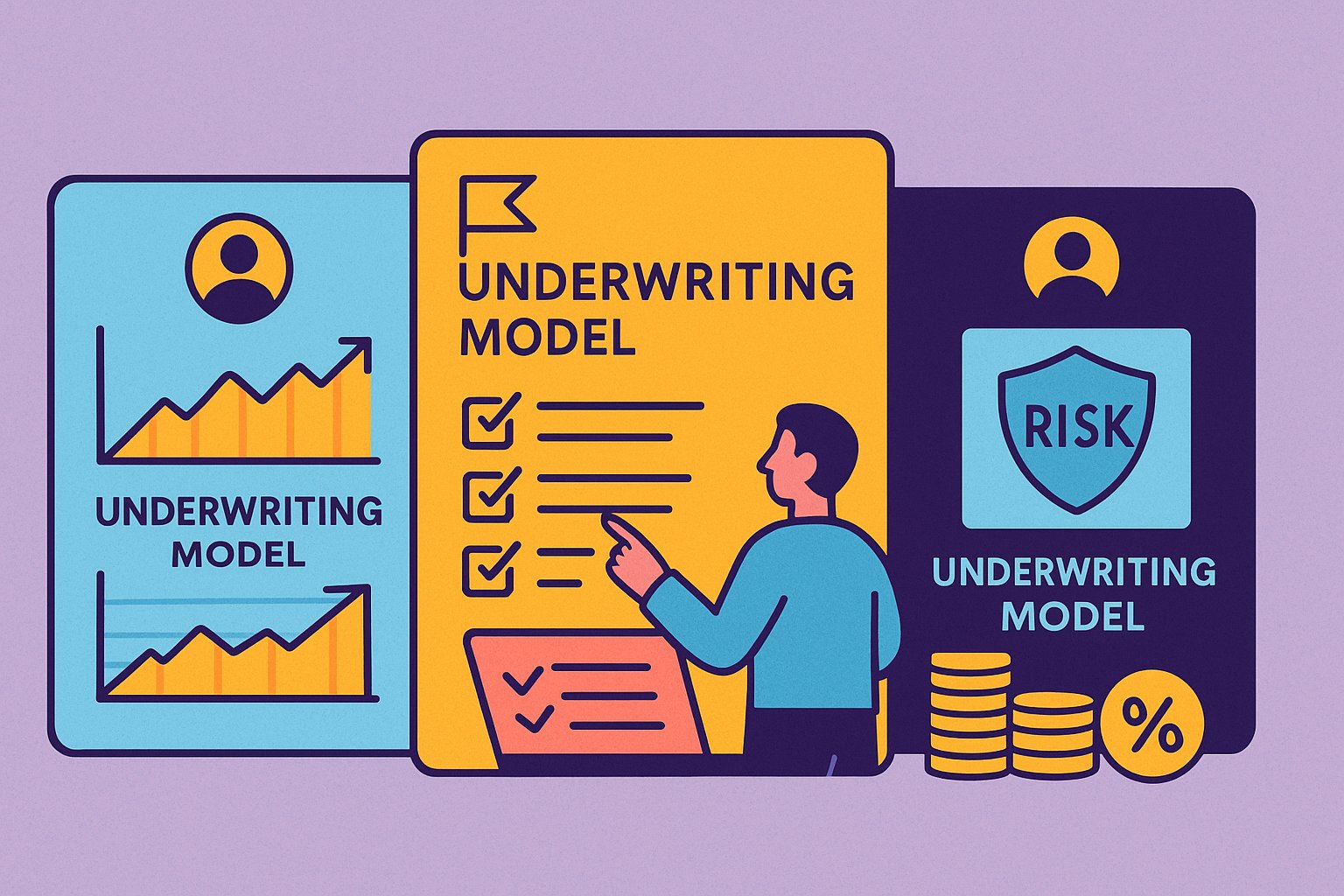Alternative Financing Paths for Modern Ventures
When traditional banks and venture capital firms seem out of reach, crowdfunding emerges as a dynamic route to secure capital. Crowdfunding has evolved into distinct models tailored to varying needs, chief among them equity and debt crowdfunding. Equity crowdfunding invites a community of investors to buy shares in your venture, effectively turning backers into partial owners. Debt crowdfunding, on the other hand, operates like a collective loan: supporters lend funds in exchange for interest payments over time. Both approaches democratize funding opportunities, yet they carry unique implications for control, obligations, cost of capital, and investor relationships. Understanding these nuances enables founders to select the pathway that aligns with their growth stage, market strategy, and long-term vision.
Unpacking Equity Crowdfunding: Turning Backers into Stakeholders
At its core, equity crowdfunding transforms your audience into shareholders. Rather than receiving a product reward or simple acknowledgment, investors obtain a fractional equity stake in your company. This model empowers ventures—particularly early-stage startups—to raise substantial sums by offering small ownership parcels to many backers. Platforms like Republic, SeedInvest, and Wefunder handle the legal structuring, investor accreditation checks, and share issuance. The allure for entrepreneurs lies in accessing growth capital without incurring debt, while backers are motivated by the potential for significant upside if the company scales successfully. Yet, surrendering equity dilutes founders’ ownership, invites additional regulatory scrutiny, and requires ongoing shareholder communications that mirror those of traditional investors.
Dissecting Debt Crowdfunding: Collective Loans with Fixed Terms
Debt crowdfunding, often termed peer-to-peer lending in the B2C space or peer-to-business lending for startups, allows entrepreneurs to borrow funds directly from a pool of individual lenders. Instead of equity, backers earn a predetermined interest rate over a set term. Platforms such as LendingClub, Funding Circle, and Kiva facilitate these arrangements, bundling individual loans into standardized notes. Borrowers benefit from relatively swift access to capital, predictable repayment schedules, and the preservation of full ownership. However, the obligation to meet periodic interest and principal payments can strain cash flow, especially if revenues fluctuate. Lenders, meanwhile, weigh risk against yield, often diversifying loans across multiple campaigns to mitigate potential defaults.
Contrasting Capital Structures: Ownership Stakes vs. Debt Obligations
A company’s capital structure under equity versus debt crowdfunding reflects fundamentally different financial commitments. Equity financing introduces permanent capital with no scheduled repayments—backers’ returns hinge on company success and eventual liquidity events. This flexibility can be invaluable for ventures prioritizing reinvestment over immediate profits. Conversely, debt financing institutes fixed repayment schedules and interest obligations, demanding consistent revenue streams to service the debt. While debt may be less expensive if interest rates fall below the cost of equity, it carries the risk of default and possible legal ramifications. Weighing these trade-offs depends on your industry’s cash flow predictability, growth projections, and willingness to involve external stakeholders in governance.
Balancing Cash Flow: Timing and Cost Implications
Timing and pricing of capital differ markedly between equity and debt crowdfunding. In equity campaigns, funding typically arrives as a lump sum upon reaching a minimum target, enabling immediate allocation to R&D, marketing, or scaling operations. The cost of equity is intangible—dilution of ownership rather than monetary interest—but it compounds over future fundraising rounds when valuation increases and early investors’ shares may translate into significant returns. Debt crowdfunding spreads repayments over months or years, influencing cash flow planning and budgeting. Interest rates on these loans can vary based on creditworthiness and campaign metrics, sometimes exceeding traditional bank rates. Savvy entrepreneurs model multiple scenarios to evaluate whether the immediate ownership preservation of debt outweighs long-term equity dilution.
Navigating Risk and Reward: Investor Expectations and Venture Potential
Understanding risk appetites is essential for matching your fundraising model to investor expectations. Equity investors accept higher risk in exchange for potentially outsized returns if a startup achieves a liquidity event—acquisition or IPO. They often seek meaningful involvement, such as advisory roles or voting rights, and expect transparent, periodic disclosures. Debt investors prioritize capital preservation and steady returns, preferring ventures with demonstrable cash flow or collateral to back the loan. They may accept lower yields for social impact projects or community-centered initiatives. Aligning your campaign narrative with these motivations ensures your pitch resonates: equity campaigns emphasize growth trajectories and market share potential, while debt campaigns highlight revenue stability and repayment assurances.
Mastering Compliance: Regulatory Frameworks for Crowdfunding
Crowdfunding operates within meticulously defined legal boundaries, and compliance differs between equity and debt. Equity crowdfunding in the U.S. falls under the SEC’s Regulation Crowdfunding (Reg CF) or Regulation A+, each imposing funding limits, investor caps, and mandated financial disclosures. Campaigns must file Form C with audited financial statements for larger raises, and maintain ongoing communication with investors. Debt crowdfunding is regulated by federal and state lending laws, encompassing interest rate ceilings, servicing disclosures, and anti-usury statutes. Platforms handle much of the compliance burden—facilitating investor accreditation, performing credit checks, and ensuring legal documentation—but founders must remain vigilant. Non-compliance risks fines, campaign shutdowns, or reputational damage that can derail future ventures.
Spotlight on Leading Platforms: Choosing Your Crowdfunding Partner
Selecting the right platform maximizes your chances of successful fundraising while mitigating administrative headaches. Republic stands out in equity crowdfunding for its community focus, educational tools, and rigorous vetting process. SeedInvest appeals to ventures with proven traction, offering high-visibility campaigns but stringent entry requirements. On the debt side, Funding Circle specializes in small business loans, pairing competitive rates with streamlined underwriting. Kiva, although nonprofit-driven and favoring social impact ventures, offers zero-interest loans through donor subsidization. Each platform’s fee structures, investor networks, and support services vary—founders should evaluate success rates, average raise sizes, and ancillary marketing support to determine which aligns best with their objectives.
Crafting Resonant Campaign Narratives for Divergent Models
A compelling story lies at the heart of any crowdfunding success, but messaging must adapt to your chosen model. Equity campaigns thrive on visions of disruptive innovation, emphasizing how investor capital accelerates product development and market penetration. They spotlight founding team expertise, growth projections, and exit strategies to demonstrate return potential. Debt campaigns, conversely, underscore operational stability, tangible collateral or revenue streams, and clear repayment plans. Lenders need confidence in your ability to meet interest obligations; thus, detailing past financial performance, contingency plans for cash-flow fluctuations, and risk mitigation measures strengthens credibility. Tailoring your narrative to investor expectations fosters trust and drives conversions.
Upholding Transparency: Reporting Obligations and Community Trust
Sustained donor confidence hinges on transparency, regardless of whether backers hold equity or debt instruments. Equity holders often expect quarterly financial reports, shareholder meetings, and early access to strategic updates. Regular communication—via newsletters, webinars, or dedicated investor portals—ensures that shareholders remain engaged and can advocate for your brand. Debt investors require clear statements on principal and interest repayments, annual financial summaries, and prompt notifications of any restructuring plans. Platforms may automate parts of these processes, but founders should cultivate direct channels—responding to inquiries, posting progress videos, and celebrating milestones—to reinforce credibility and foster a supportive community ready to champion future campaigns.
Exploring Hybrid Models: Blending Equity and Debt for Optimal Flexibility
For ventures seeking to optimize capital structure, hybrid crowdfunding campaigns can offer a balanced approach. A dual-track raise might combine an equity tranche for high-growth initiatives with a smaller debt component to cover operational costs without additional dilution. Convertible note structures further bridge the gap: debt instruments that convert to equity upon achieving predefined milestones or subsequent funding rounds. This hybrid strategy appeals to investors across the risk spectrum and provides entrepreneurs with layered funding to match diverse financial needs. However, such complexities demand meticulous legal structuring, clear communication of conversion terms, and harmonized repayment or dilution schedules to prevent investor confusion.
Learning from the Field: Successes and Lessons from Real Campaigns
Case studies illustrate how tailored crowdfunding strategies yield divergent outcomes. BrewDog’s pioneering equity crowdfunding campaign invited beer enthusiasts to become shareholders, fueling rapid expansion into global markets. Their transparent communication and irresistible brand story attracted thousands of investors, demonstrating how enthusiastic communities can underwrite ambitious growth. Conversely, a boutique hotel in a mid-sized city utilized debt crowdfunding to finance renovations, leveraging predictable room occupancy rates to secure favorable loan terms. Their focused campaign highlighted historical occupancy data and offered lenders compelling interest rates, resulting in a fully funded campaign with minimal dilution. Examining such examples offers practical lessons: equity excels at fueling aggressive scaling, while debt shines in financing asset-backed projects with steady cash flow.
Forging Your Funding Strategy: Deciding Between Shares and Loans
Selecting between equity and debt crowdfunding hinges on multiple factors: your industry’s capital intensity, anticipated revenue patterns, tolerance for dilution, and comfort with debt servicing. Early-stage tech startups with high growth potential often favor equity to align investors with long-term upside. Service-oriented businesses with predictable revenue streams may lean toward debt crowdfunding to retain ownership and benefit from fixed-cost financing. Founders should conduct scenario analyses—projecting cash flow under various repayment schedules, modeling dilution outcomes at future valuations, and assessing investor demand in each model. Advisory input from financial experts, legal counsel, and successful campaigners further refines the strategy, ensuring that your funding plan balances capital needs with control and scalability.
Preparing for Launch: Tactical Steps to a Successful Campaign
Once you’ve chosen your model, execution becomes paramount. Begin by assembling a dedicated campaign team, delineating roles for marketing, community management, and compliance. Craft comprehensive pitch materials—videos, executive summaries, term sheets—and refine them through peer reviews. Schedule your campaign launch to coincide with key industry events, product milestones, or pre-qualified investor networks to maximize visibility. Establish pre-campaign buzz via social media teasers, email newsletters, and influencer partnerships. Meanwhile, ensure that all legal documentation is in order: offering memoranda, subscription agreements, and state-level filings. A well-orchestrated launch plan transforms interest into investment, setting the stage for a fully funded, legally compliant campaign.
Looking Beyond the Raise: Cultivating Lifelong Investor Relationships
The close of your crowdfunding campaign marks the beginning of a new chapter. Cultivating ongoing relationships with equity holders and debt investors enhances your brand reputation and paves the way for future fundraising. Maintain transparent communication through regular updates—detailing product development progress, financial performance, and strategic pivots. Solicit feedback on upcoming initiatives, tap into your investor community for beta testing, and acknowledge their contributions publicly. By treating your backers as valued partners rather than one-time financiers, you nurture trust and loyalty, catalyzing organic word-of-mouth promotion and establishing a robust network of advocates who can mobilize support for your next venture.
Steering Toward Sustainable Growth with Informed Financing
Equity and debt crowdfunding each offer unique advantages and challenges, providing entrepreneurs with flexible alternatives to conventional financing. By carefully weighing ownership dilution against repayment obligations, aligning your narrative with investor motivations, and adhering to regulatory requirements, you chart a course to both immediate funding success and long-term viability. Whether you embrace shared ownership through equity or structured borrowing via debt, the key lies in matching your venture’s financial architecture to its strategic ambitions. With the insights and tactics outlined in this guide, you’re equipped to navigate the evolving crowdfunding landscape, secure the resources you need, and steer your enterprise toward sustainable growth.




